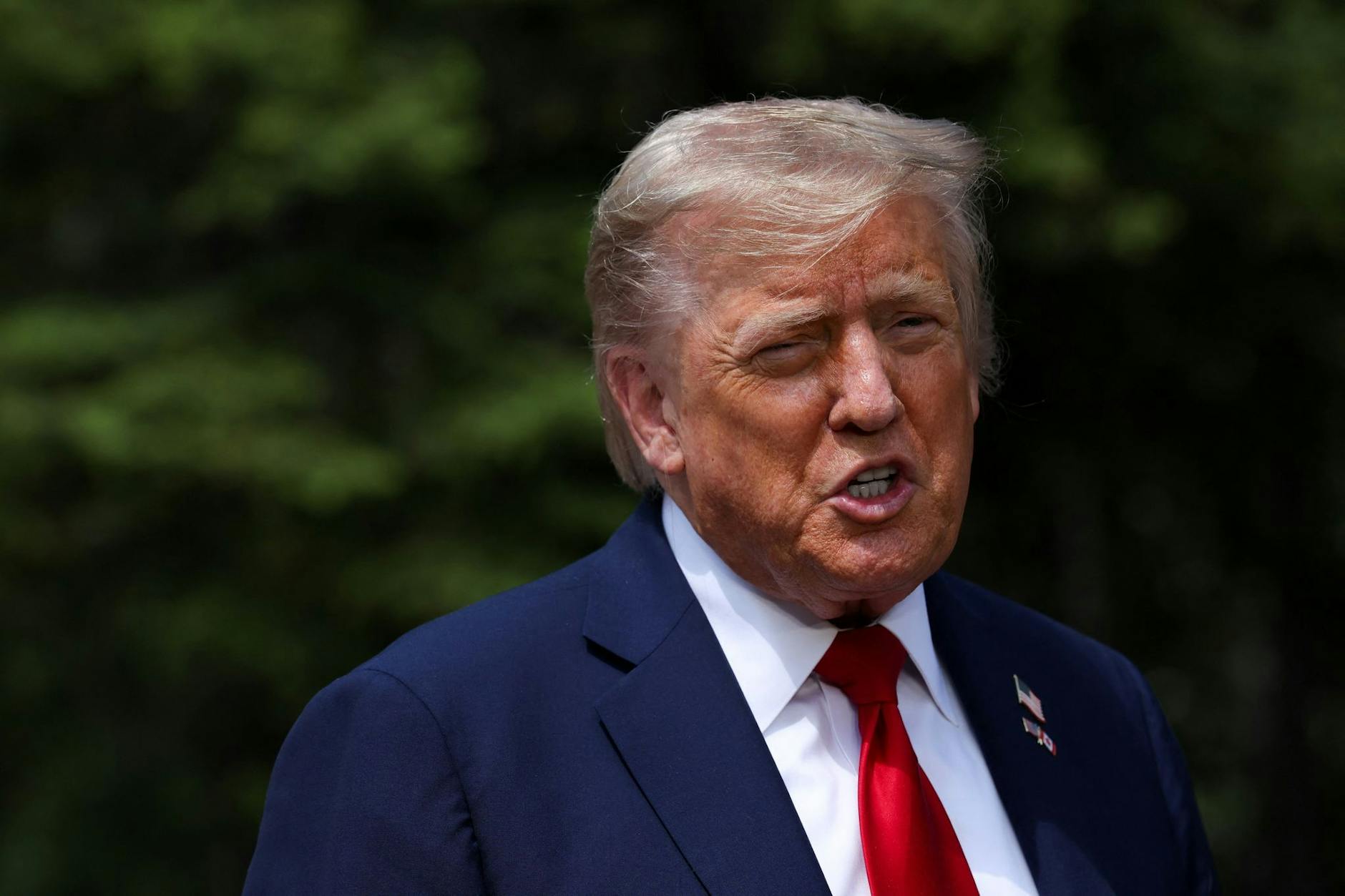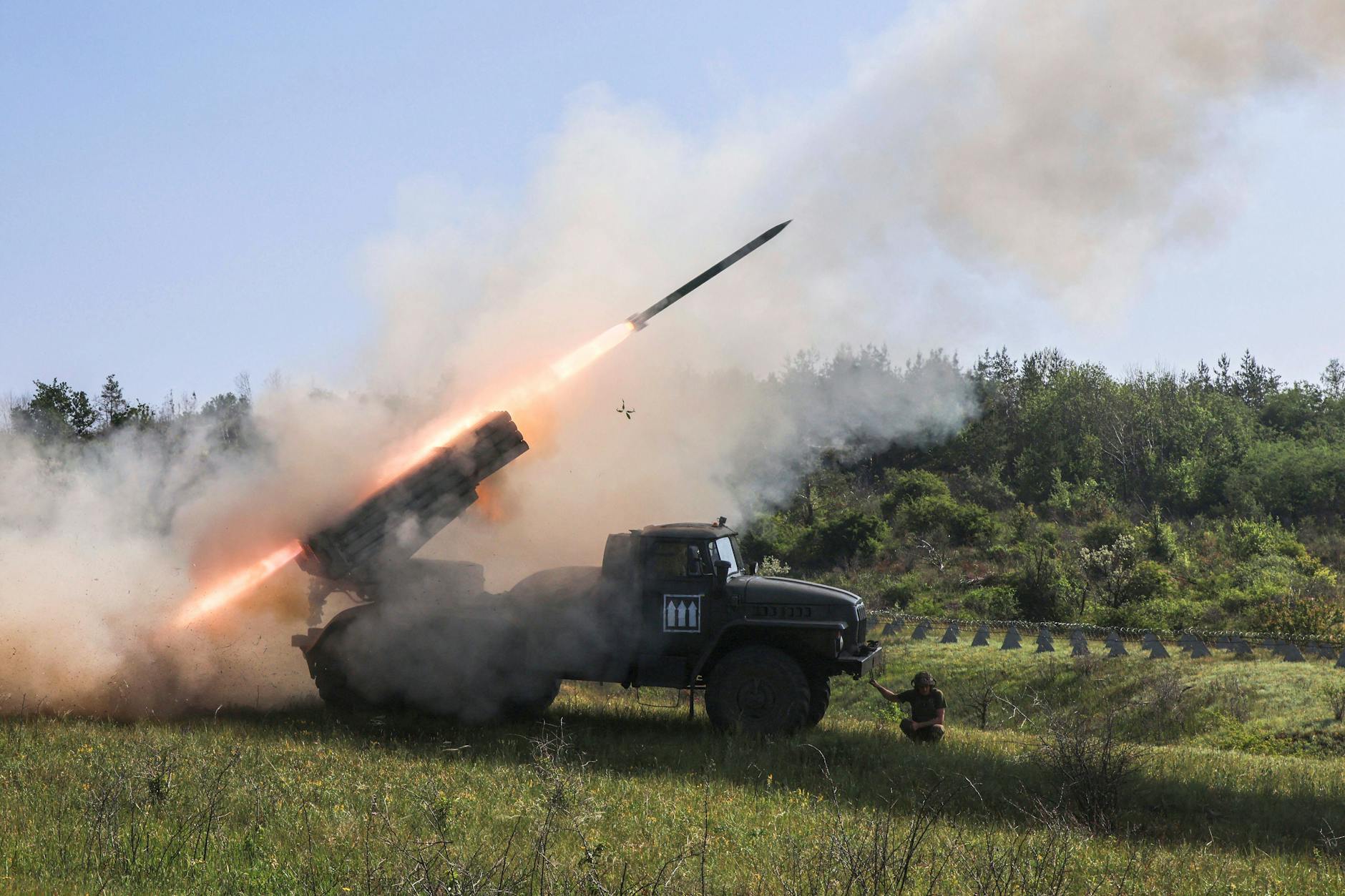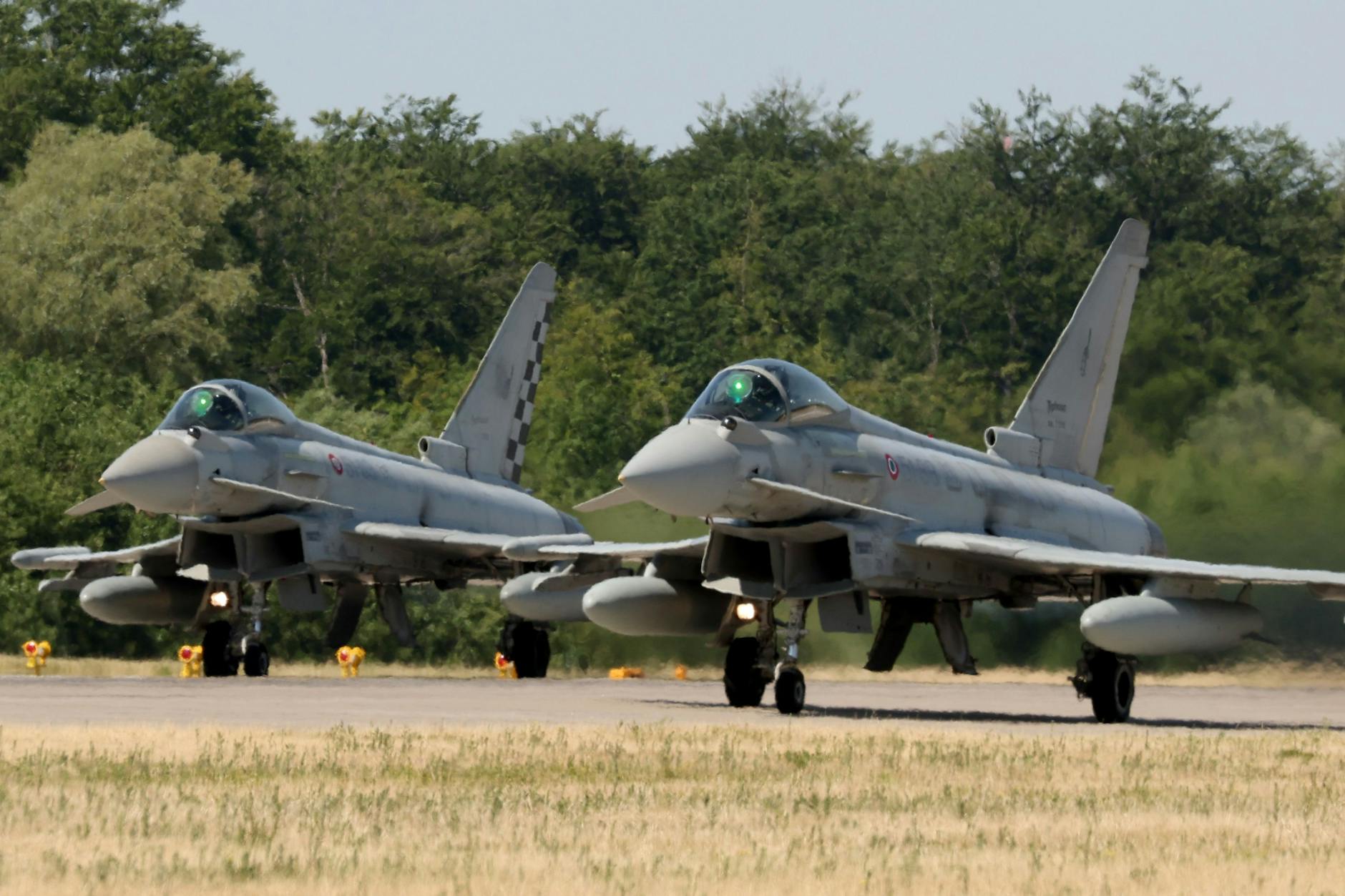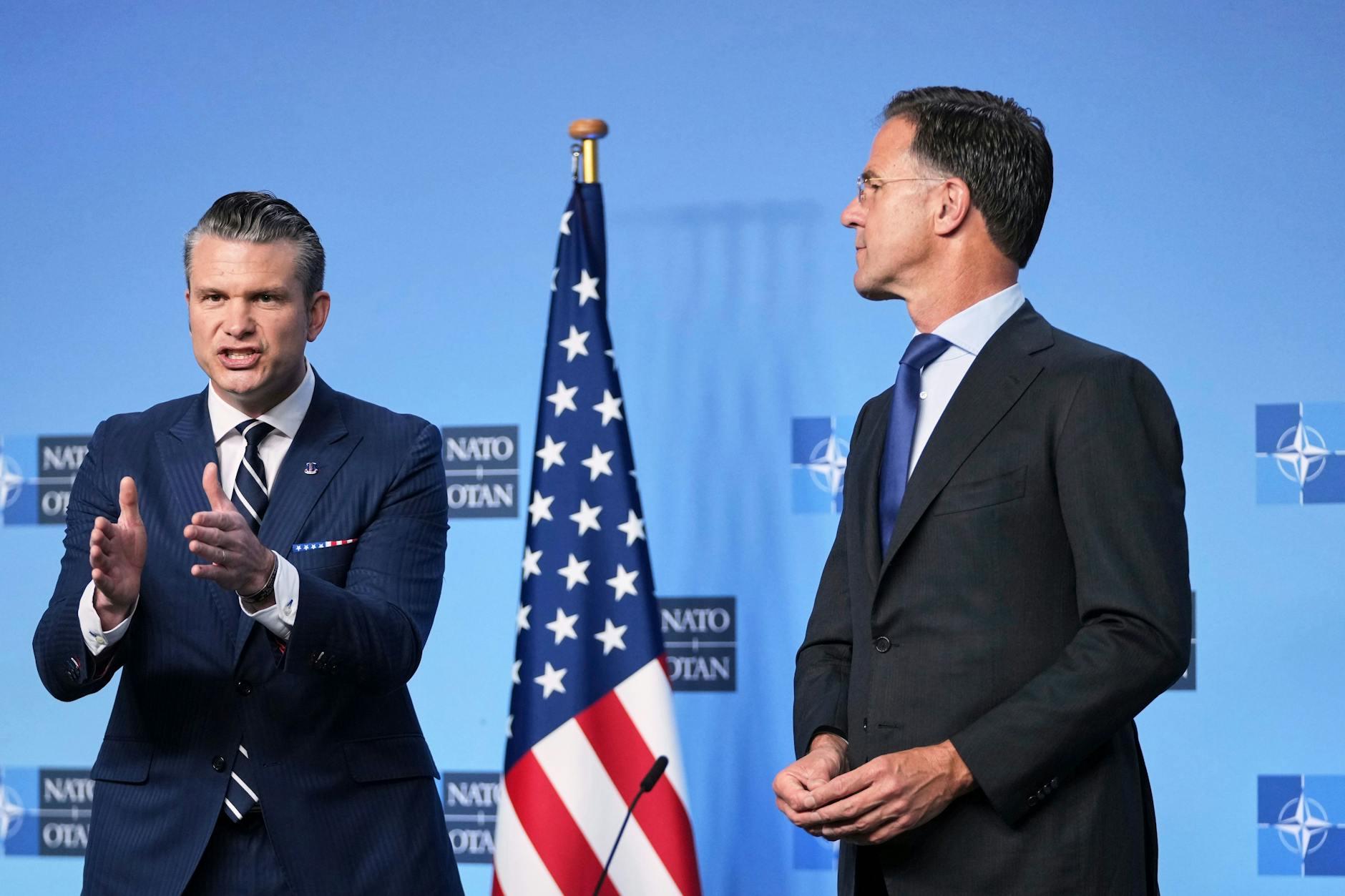NATO Summit 2025: Europe's dangerous march into arms race

If Donald Trump and his security team—from Vice President JD Vance to Intelligence Coordinator Tulsi Gabbard—don't see Russia as a threat to Europe and the West, why are they demanding defense spending of 5 percent? For Europe, that's almost three times the current budget. What exactly do they plan to do with such an over-armed Europe? Due to resistance from the US government, the final communiqué of the NATO summit doesn't even clearly name Russia as the aggressor. Despite decades of assurances of "strategic autonomy," Europe's security reality is different: structural dependence on the US. This has not only led to an expensive and ultimately ineffective response to the looming crisis and then the war in Ukraine , but also endangers the continent's political and economic stability.
And with Trump's return to the White House and heightened international tensions, this dependence is likely to deepen even further. Even before Russia's invasion in 2022, European governments had delegated security policy decisions to Washington. Even on key issues—such as Ukraine's NATO ambitions—there was no independent European position that even considered Russian interests. Instead, they followed the American course: Russia had no veto. Warnings from experienced diplomats—from Henry Kissinger to Jack Matlock—went unheeded. Russia then answered the question of a possible veto in its own way—with tanks and missiles.

Trump's election victory in November 2024 made it clear what a lack of independence means. The new US president reversed NATO's previous line. Europe's room for maneuver shrank further. The new course: an end to hostilities, no NATO accession for Ukraine , no further eastward expansion of the Western alliance, and territorial concessions from Ukraine to Russia – twice as large as in 2014. All of this could have been achieved years ago, without war, destruction, and such territorial losses – and at significantly lower cost. Until Trump, the Europeans did not want a "freeze" and wanted to negotiate with Russia only from a "position of strength." Now they are demanding an "unconditional ceasefire" and are doing everything they can to prevent Trump from withdrawing and putting pressure on Russia.
Russia's attack is and remains a blatant violation of international law. However, Western foreign policy, which ignored all warning signs, was not realpolitik, but a blinding of reality out of moral conviction and power-political overconfidence. Western Eastern policy has tragically failed – and the rhetoric of Russia's eternal will to destroy Ukraine, Europe, and democracy is now all the more shrill. After Trump's demand to increase defense spending to five percent of GDP, Europe fell into panic and acquiescence. Although some countries do not even meet the two percent target agreed in 2014, governments rushed to adopt the new guidelines, citing the "Russian threat" as the justification.

In truth, the arms buildup follows a transatlantic stereotype and an instinctive reflex, fueled by fear, old bloc mentality, and the inability to rethink one's own misconceptions. This rapid arms buildup is based on worst-case threat scenarios and assumptions that are largely divorced from reality. In three years of war, Russia has advanced barely more than 100 kilometers into Ukrainian territory. The front line has been virtually frozen for two and a half years. Moscow is suffering massive losses, is suffering from sanctions, and is weakened both economically and militarily. Putin's war has destroyed not only significant parts of Ukraine but also the core of its own armed forces. Moscow will need a long time to even restore its own defense capabilities across its gigantic territory.
What Russia is left with is hybrid warfare and terror through air strikes – and even with that, it fails to achieve even its minimal territorial objectives in the four eastern Ukrainian oblasts, which it declared its own territory in the fall of 2022. Russia is strong enough to sustain a war of attrition in Ukraine against equally weakened Ukrainian armed forces. NATO is many times superior to the Russian army compared to Ukraine. Military might ultimately depends on economic power. Russia's economic output is comparable to that of Italy. The countries that make up the Western military alliance, on the other hand, have by far the largest economic power in the world – more than 41 trillion euros in 2025 (Russia's less than two trillion).
For years, NATO has spent more on armaments than the rest of the world combined. Its military superiority over Russia is overwhelming – and it is rapidly expanding this dominance along its eastern flank, right on Russia's doorstep.

The European response is not a strategy, but a reflex. Europe is ignoring the political and security-related causes of the Ukraine conflict, reducing it to a simple "good versus evil" and clinging to the US umbrella, which may no longer exist tomorrow – or, more precisely, is increasingly being used by Washington to discipline Europe. Ironically, Trump's pressure could open a diplomatic window – at least for a ceasefire in Ukraine. This is possible if, alongside offers of talks and concessions to Russia, military pressure is maintained. But in terms of security policy, Europe continues to head in the wrong direction.
The conclusion is sobering: Europe is not only failing to actively shape the future – it is even contributing to militarizing and destabilizing it. The debate affects not only NATO and the USA, but simultaneously the EU. Only four EU states – Austria, Ireland, Malta, and Cyprus – are not NATO members, and they have no significant military significance. Without them, the EU's GDP in 2025 is estimated at €16 trillion: five percent of that would be €800 billion . Together with the United Kingdom, Turkey, and other NATO states in Europe, this amounts to over €1 trillion in military spending – more than the USA spends today. In Germany, five percent of defense spending would amount to around €206 billion. The federal budget for 2025 is around €452 billion. That would mean almost 45 percent of government spending would go into armaments. In many EU countries, the share would be even higher.

Even before such targets are even achieved, political and social stability in Europe would be massively endangered – with unforeseeable consequences for the EU and presumably for NATO as well. Europe's already precarious economic and technological competitiveness vis-à-vis China and the USA would be equally at risk. According to SIPRI, China spent 1.7 percent of its GDP on military purposes in 2024. It spent 2.68 percent on research and development, compared to 3.4 percent for the USA. The European Union, in contrast, is already lagging behind, spending 2.2 percent of its GDP on research and development.
The key question: Why does the US want a highly armed Europe?What kind of political decision-makers agree to such goals at a NATO summit and seriously believe this serves European security? They don't even raise the most obvious question: If the US government doesn't consider Russia particularly dangerous, why do they want such a highly armed Europe? The US government makes no secret of this. At the meeting with his counterparts in Brussels three weeks before the summit, Defense Secretary Pete Hegseth simply reiterated what all US statements on international relations emphasize: The US's highest security priority is containing China.

Europe must do more in this regard, Hegseth said in the context of his government's five percent demand. From the US perspective, the pivot to China clearly has a military dimension, and it applies to NATO as a whole. Europe is at a turning point in security policy. But instead of setting its own priorities, it is outdoing itself in its arms buildup – and thus endangering its own future. The picture is not one of strategic sovereignty, but of political recklessness and subordination.
The real threat arises not solely from Russia or from the fact that Europe is being dragged into a war against China by the USA – but from Europe's own inability to invest in its economic future and international competitiveness. There is no consensus on common security interests in the area between Portugal and Estonia. Europe is apparently incapable of creating an independent, realistic security architecture on its own continent. Instead of pursuing a foreign policy based on cooperation and arms control , Europe is falling back into old reflexes, thought patterns, and dependencies – and thereby risking not only its political and security-related but also its economic self-assertion.
August Pradetto is Professor Emeritus of International Politics at the Helmut Schmidt University/University of the Federal Armed Forces Hamburg.
Do you have feedback? Write to us! [email protected]
Berliner-zeitung





